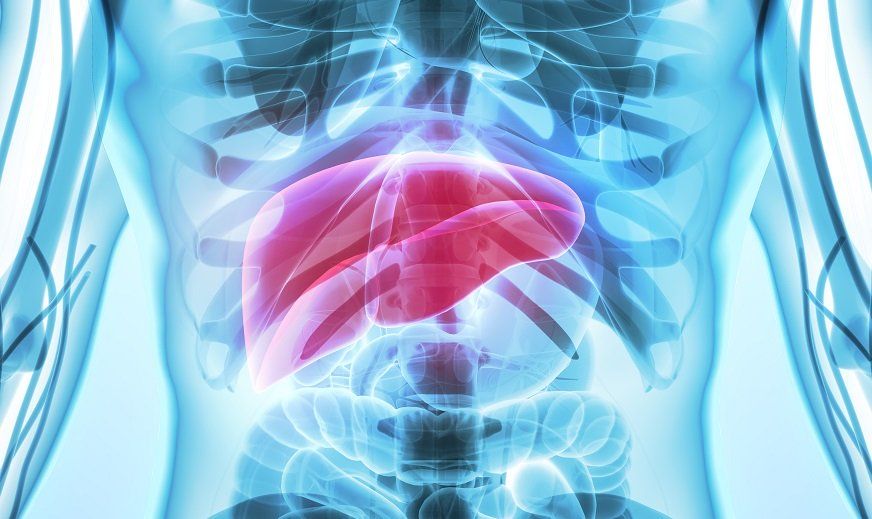Chronic Spontaneous Urticaria and Bruton Tyrosine Kinase: A Multispecialty Expert Discussion : Episode 3
Opinion
Video
Current CSU Treatment Approach and the Role of Bruton Tyrosine Kinase
Author(s):
Panelists discuss how chronic spontaneous urticaria (CSU) treatment targets multiple pathways through antihistamines, anti-IgE therapy, and BTK inhibitors, with BTK emerging as a key target.
Video content above is prompted by the following:
- What mechanisms and targets are currently being utilized or studied for the treatment of CSU?
- Why are so many patients (more than half) with CSU unable to achieve adequate control with antihistamines alone?
- What role does BTK play in the pathogenesis of CSU?
- BTK signaling is involved in pathways that lead to the degranulation of skin mast cells, which are key pathogenic drivers of CSU.
- BTK also presents in B cells and basophils, the latter of which activate and degranulate similarly to mast cells.




